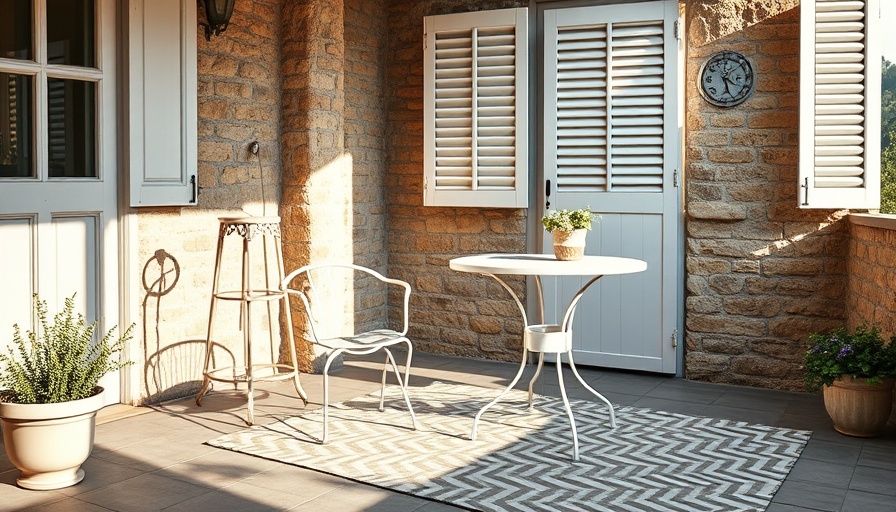
Discover the Allure of Indoor/Outdoor Plastic Rugs
In recent years, plastic rugs have surged in popularity, offering homeowners a chic and versatile flooring option that stands up to both indoor and outdoor use. The Swedish approach to this design innovation not only emphasizes aesthetic appeal but also practicality—allowing anyone to simply hose down their rug for a quick clean. Imagine stylish rugs brightening up your garden or porch while requiring minimal maintenance; that’s the wonder of these functional decorative pieces.
From Tradition to Innovation: The Swedish Plastic Rug Revolution
The roots of plastic rugs date back to the 1970s when Swedish artisans began pairing colorful PVC ribbons with traditional looms. What started as a clever way to use inexpensive materials has evolved into a movement focused on sustainability and design. Today, several Scandinavian companies are integrating recycled materials to create eco-friendly rugs free from heavy metals or toxic softeners. This innovation reflects a broader trend in home décor that values sustainability without sacrificing style.
Modern Designs That Speak to Your Aesthetic
Today's plastic rugs come in an array of beautiful designs and colors, appealing to the contemporary homeowner's taste. For example, brands like Pappelina and Brita Sweden showcase vibrant color combinations and distinct patterns that ensure there's something for everyone. The Gittan Rug from Brita Sweden is a perfect example, combining functionality and striking design at a competitive price. While the Vivi Rug from Pappelina offers a selection that varies between $60 and $433, perfectly suited for those wanting something unique and stylish.
Practical Benefits: Low Maintenance Meets Stylish Design
One of the significant selling points of these rugs is their durability. Made from phthalate-free PVC, they are designed to withstand the elements while remaining easy to clean. Instead of spending hours on upkeep, homeowners can rinse them off or toss them in a washing machine. Whether you’re hosting an outdoor barbecue or looking to add a touch of color to your kitchen, these rugs maintain their vibrancy and structural integrity.
Why Investing in Plastic Rugs Makes Sense
As trends lean towards environmentally-responsible choices, choosing plastic outdoor rugs made from recycled materials contributes positively to sustainability. Furthermore, spending on high-quality rugs can be viewed as an investment in both your home’s aesthetic and functionality. Excellent options like the Pappelina Duo Plastic Rug, with its nautical appeal, not only beautifies spaces but also stands the test of time.
Styling Tips for Your Indoor/Outdoor Plastic Rugs
Incorporating these rugs into your home or outdoor spaces offers abundant styling opportunities. For a cohesive visual, coordinate rug patterns with surrounding decor or accent furniture pieces. Pair a bold-colored rug with muted seating to create a striking contrast, or layer rugs for textural interest. The versatility of these rugs allows you to play with design elements creatively without overwhelming the space.
Frequently Asked Questions About Plastic Rugs
Can I leave these rugs outside all year round?
While plastic rugs are durable, it's advisable to store them indoors during severe winter or storm conditions to prolong their lifespan.
How do I clean my plastic rug?
Simple! Just hose it down or place it in a standard washing machine for convenient care.
Final Thoughts: Elevate Your Space with Plastic Rugs
There’s no denying that Sweden has brought a fresh perspective to the world of home decor with their innovative plastic rugs. By investing in one of these stylish pieces, you can elevate your indoor and outdoor spaces, all while doing your part for the environment. So why not embrace this trend and explore the designs that resonate with your personal style? Your home deserves a functional and fashionable upgrade!
 Add Row
Add Row  Add
Add 




Write A Comment